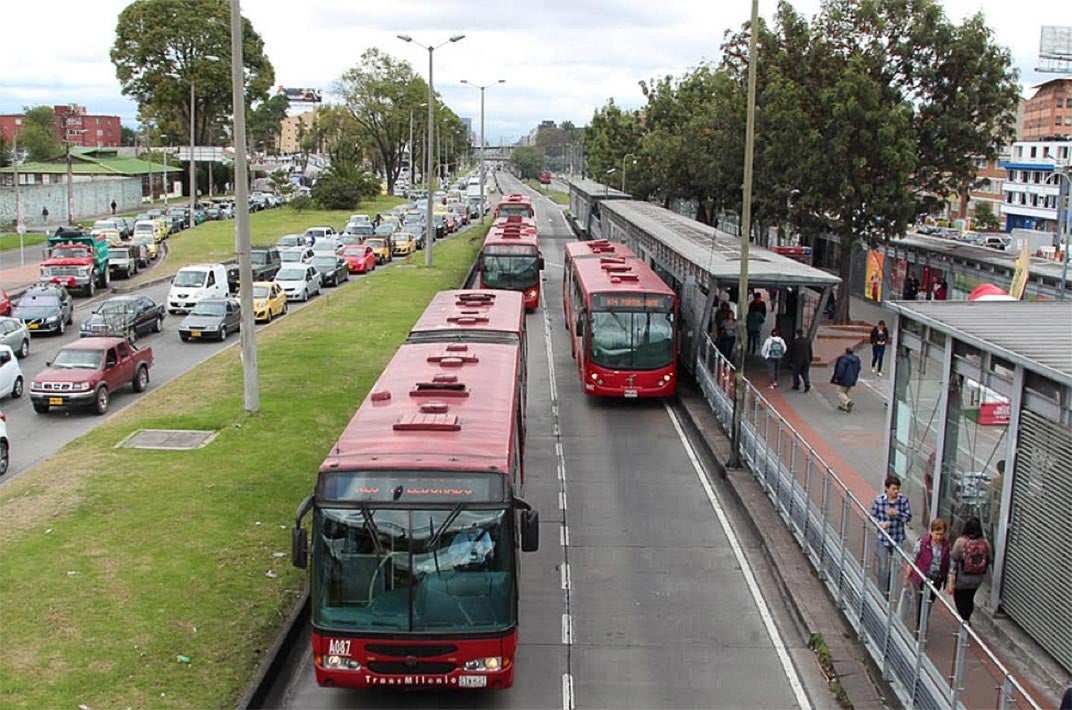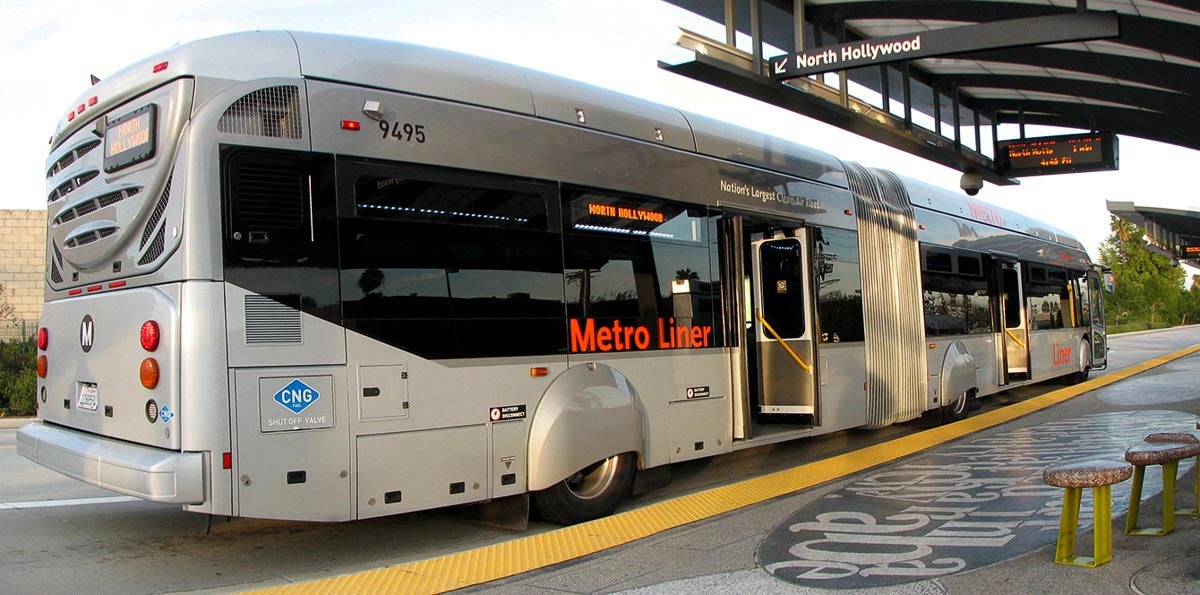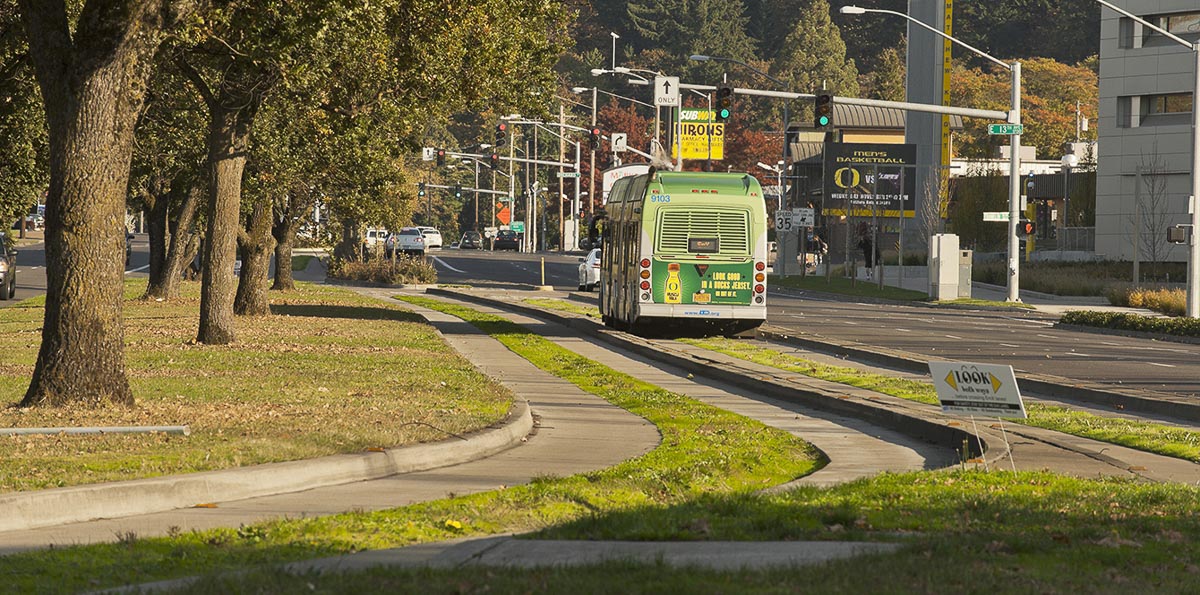When voters approved the METRONext plan this past November, bus rapid transit (BRT) became a central cog in our region’s transportation future. But what does this mean? What are the routes going to look like? What do the buses do?
To help readers better understand the BRT approach and explore what it will mean for the future of the transportation system in the Houston metropolitan area, Urban Edge is featuring a series of posts from transit experts on BRT. The series will include a piece by former METRO board member and nationally known transit expert, Christof Spieler, as well as posts from representatives of two other transit agencies, IndyGo (Indianapolis) and Metro Transit (Minneapolis), each of which have similarities to METRO’s future METRORapid system. We hope these blogs will provide insights into what the BRT components of METRONext will bring and what other cities have been able to accomplish with their systems.
Read the rest of the BRT series:
- Part 2: BRT could be a game changer if Metro plays to its strengths
- Part 3: How BRT service rapidly improved ridership in the Twin Cities
- Part 4: What Indy learned when it opened a mostly bus-only rapid transit route
This series also leads up to our next Urban Reads event on February 12, with transit researcher Steven Higashide who’ll discuss his book, “Better Buses, Better Cities.”
What is bus rapid transit?
Bus Rapid Transit uses rubber-tired buses, but in ways that make the service faster, more reliable, more comfortable and easier to understand than a local bus route.
Generally, that means a combination of:
- Dedicated transit lanes
- Signal priority, so buses do not wait at red lights
- Stops spaced a quarter mile or more apart, for faster trips
- Stations with large platforms, shelters and seating
- Tickets sold on the platform and boarding through all doors, for faster stops
- Platforms at the same height as the bus floor, so wheelchairs roll right on and everyone boards quickly
- Extensive maps, signs and passenger information posted on the vehicle and at the station
- Branding that differentiates the service from local bus service
There is no universal definition of BRT. The term has been used for everything from projects with extensive heavy infrastructure (in Boston, for instance, the electric Silver Line buses run in a subway tunnel, stopping at multilevel underground stations with faregates) to ordinary bus routes with branding and frequent service.
There’s a widely accepted distinction between “true BRT,” which has dedicated bus lanes, and “BRT Lite” or “Rapid Bus,” which doesn’t have dedicated lanes. But even dedicated-lane BRT comes in different varieties. In Eugene, Oregon, Cleveland, Richmond, Virginia, Albuquerque, and Indianapolis, BRT runs in dedicated lanes in the middle of streets. In Los Angeles, the Orange Line BRT follows an old freight rail line, stopping traffic on cross streets as it passes. In Pittsburgh and Hartford, Connecticut, busways follow grade-separated rail corridors, going over or under cross streets. On L.A.’s Silver Line and Minneapolis’s future Orange Line, buses run down freeways, stopping at stations in the median. In Denver, the MallRide BRT runs only a mile and a half from one end of downtown to the other; L.A.’s Silver Line extends 38 miles from the Pacific Ocean to the San Gabriel Valley.
This is part of the “Urban Edge Explains …” feature, which explores, enlightens and expands on issues, ideas and concepts that are significant to urban planners, researchers and and policy experts.

The BRT line in Bogota, Colombia, is often cited as being one of the first and most successful BRT systems in the world.
What BRT is not. Or, how is it adapted?
There are many ways to make buses better that aren’t BRT. Houston’s HOV lanes and the toll lanes on the Katy Freeway, allow buses to bypass traffic. As do painted bus lanes in New York and San Francisco. All-door boarding can be used on regular bus routes.
What are its selling points?
Time savings are perhaps BRT’s most important feature. By removing the bus from normal traffic, transit gains a significant travel time benefit, making it more convenient for riders than driving their own cars. BRT systems are also able to operate far more consistently than local buses that have to deal with delays. The combination of time savings, consistency and comfort at rail-like stations are often a boon to ridership.
Most proponents of BRT argue that the systems are significantly more cost effective than light rail. And in many cases, this is true. The infrastructure outlays for building a new bus lane are generally lower than a new rail line. And in most cases, the operation cost for one bus is lower than the cost for one train car. But, BRT, like all transit choices come with tradeoffs. Buses, even in dedicated rights-of-way do not have the same capacity as trains, and because multiple rail cars can be combined into a single train with one driver, the costs of train operation go down as demand goes up in a way bus costs do not. If a route is heavily used, a train may be more cost effective in the long-run because of its benefits in capacity.
BRT also presents a range of flexible options. At the end of a BRT corridor, for example, buses could simply drive out into normal local routes, continuing operations beyond the dedicated rights-of-way and benefiting more riders. BRT can also use existing infrastructure such as freeway transit lanes.

The METRORapid buses will look similar to the metro liners used by the Los Angeles County Metropolitan Transit Authority.
Photo by L.A. Urban Source / Flickr
What does BRT in METRONext look like?
METRONext offers three types of BRT or BRT-like services.
First, it will build a large network of dedicated BRT lanes, called METRORapid. This system is slated to build off of the uptown line that will open in Spring 2020. Among the proposed lines are one to Bush Airport, another (an extended version of what was proposed as the light rail University Line) that will run from Westchase to Tidwell, along the Katy Freeway from the Northeast Transit Center (the end of the Uptown Line) and the future Texas Central station to Downtown, as well as a north-south route from Missouri City to the West Little York Park and Ride in the northwest. Some of these lines will run on city streets, much like the BRT line in Indianapolis, which will be explored in greater detail later in this series. Others will run on freeways.
Second, it expands the regional use of express lanes via the HOV/HOT lane system. A major addition will be the creation of two-way HOV lanes on most highways. These will be used to change the current peak-focused park-and-ride system into two-way, all-day service. While the express system is not a fully dedicated BRT system, it does provide similar time savings and, in many cases, can use existing infrastructure. Houston already has one of the most successful express bus systems in the country. Other cities, such as Boulder and Denver in Colorado use regional HOV for its Flatiron Flyer.
Third, the BOOST network will add significant enhancements to 17 high-frequency lines. The improvements made to these routes will include better stops, new placements for stops that improve efficiency and traffic-light priority. These improvements won’t make the routes BRT, but they aim to mimic many of the same attributes of similar systems. The upcoming Urban Edge blog post from Metro Transit in Minneapolis/St. Paul reflects on a similar set of investments made there.
The three types of improved bus service each will bring a different type of service to Houston and the METRO territory. Each will help shape the future of Houston’s transportation system. The Kinder Institute is looking forward to continuing to track the impact of these and other aspects of METRONext.

